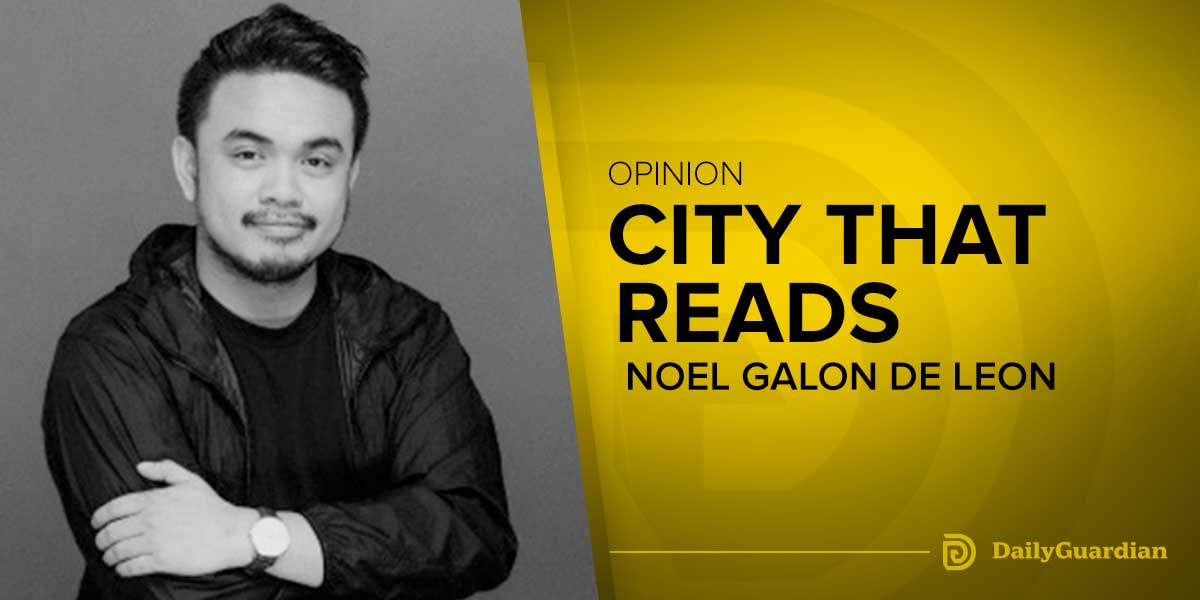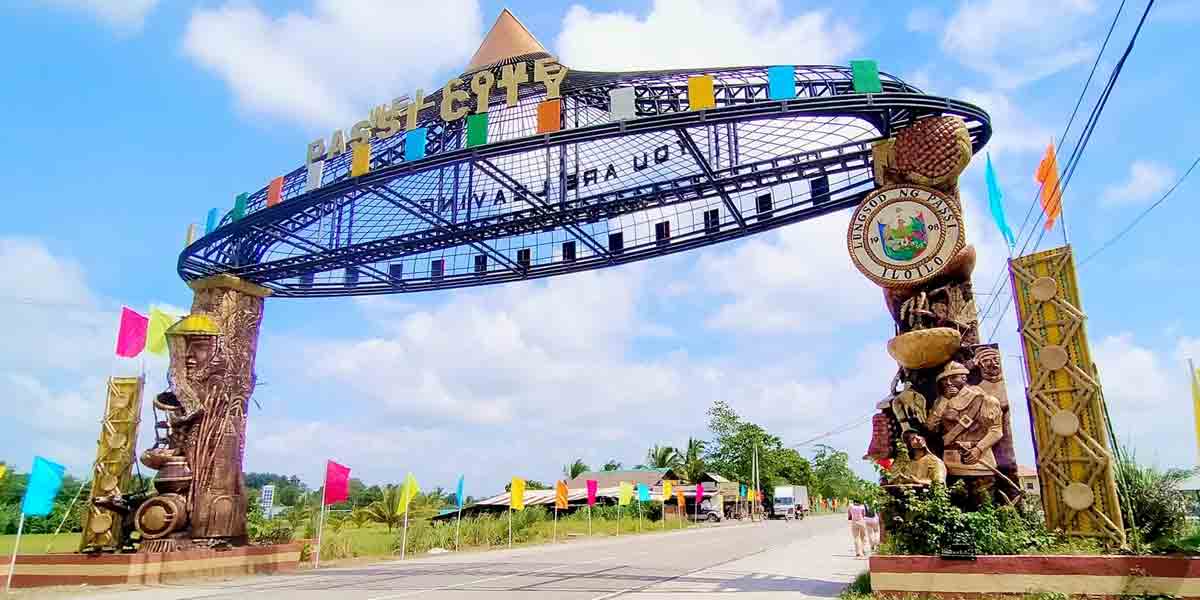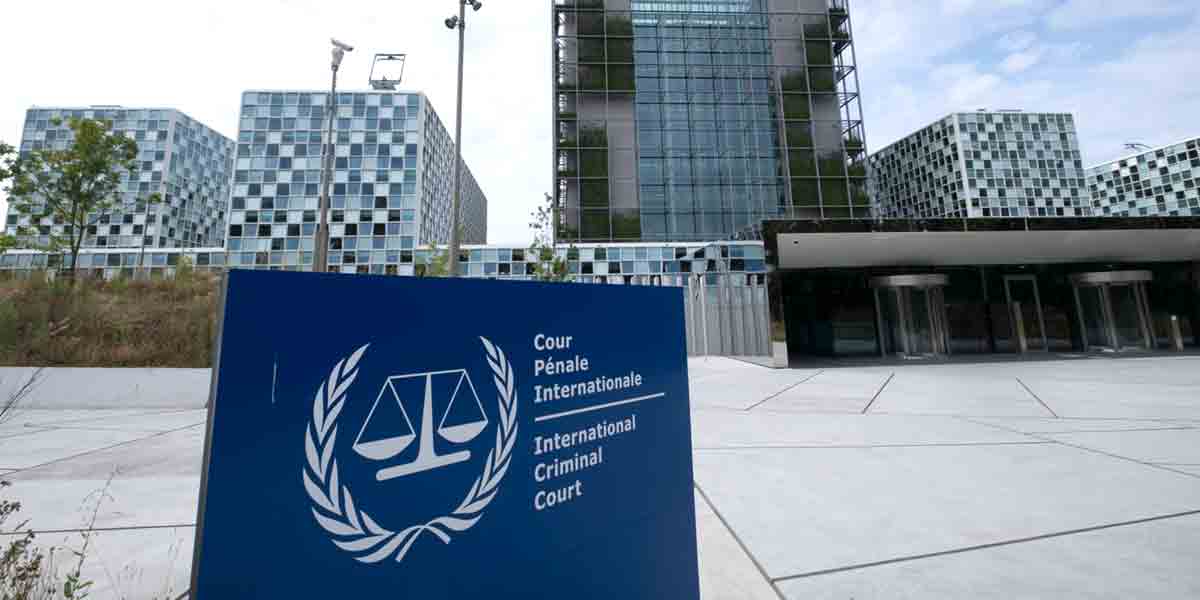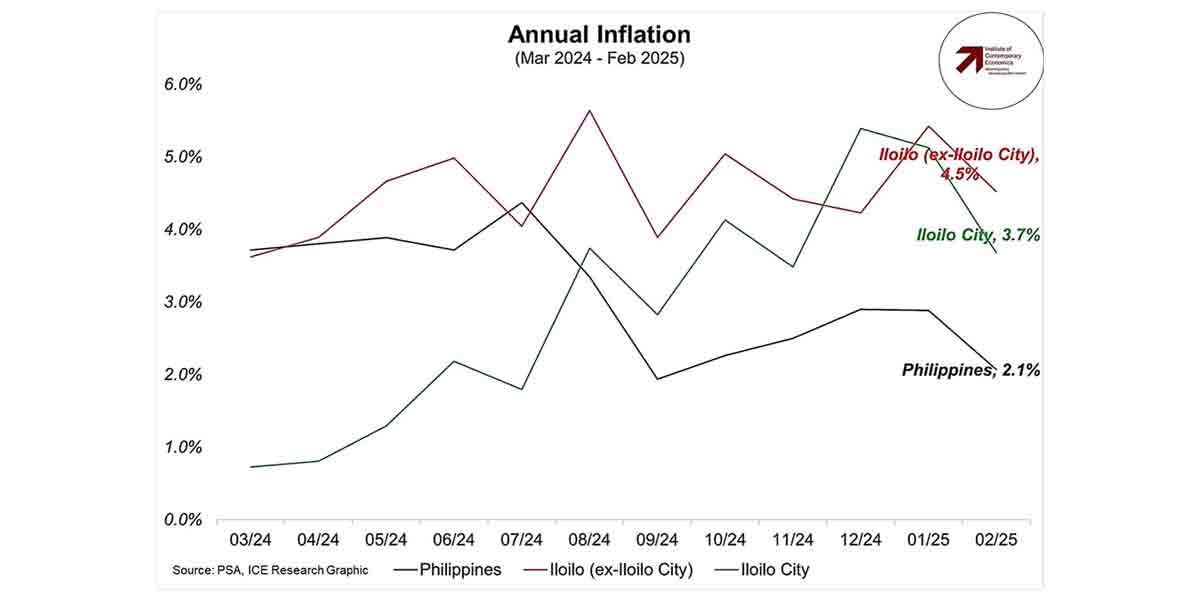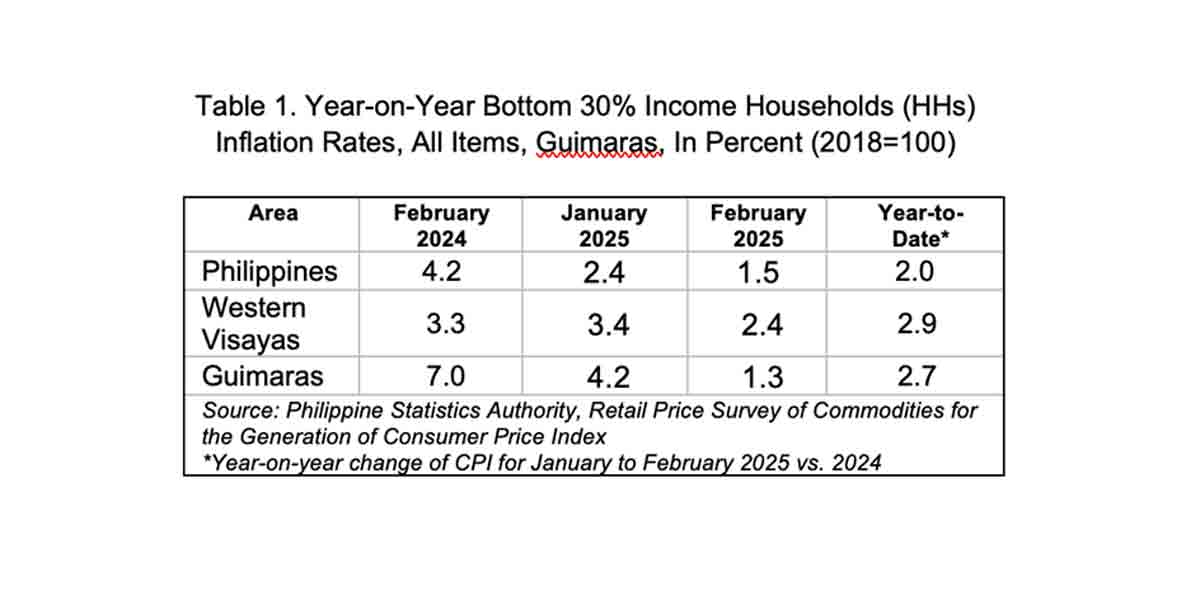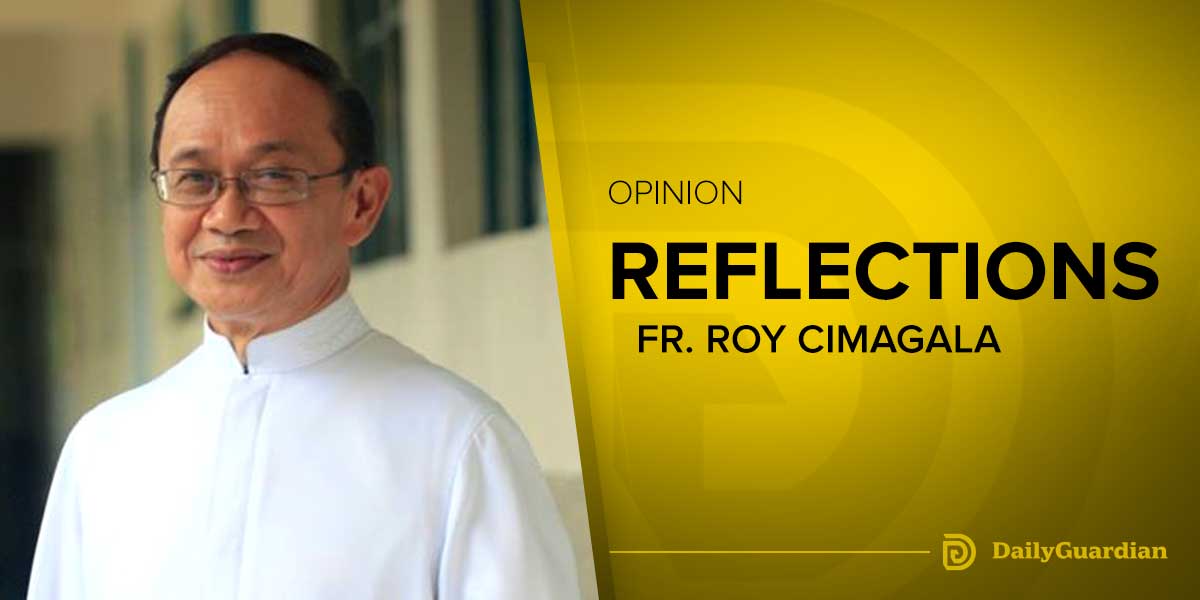 By: Engr. Edgar Mana-ay
By: Engr. Edgar Mana-ay
THE latest brouhaha to arise from the water crisis in Iloilo City is the City Council declaring a state of calamity so that calamity funds will be used to buy and deliver help to water starved Barangays. As usual, opposition councilors objected for reason that this is just a ploy of the administration to release additional money for obvious political use.
Iloilo City has been undergoing this perennial and year-round water shortage for more than 40 years now. The city inhabitants need is just a simple 24-hour, seven days a week of water supply from their faucet that can reach the second floor of their houses. This is a right of the people but they will even beg for that right.
We have been used to a no water scenario for a long, long time that a mere trickle from our faucet will already solicit praises and hosannas and a sense of gratitude (ay salamat kay may tubig bisan nagatulo lang) to our very lousy and inutile water utility, MIWD. Indeed, it has even distorted our sense of happiness, satisfaction and gratitude, that after waking up at 4 a.m. and filling our containers with water, we become very happy and thankful that we have stored our water needs for the day. Talagang bumaba na ang ating kaligayahan, when it comes to water needs! Were like the flagellants last Good Friday, who were happy and contented beating themselves to a pulp!
Adding insult to injury, our city officials are more concerned with petty disagreements even on such hair splitting and trivial things as the Barangay water distribution. Remember some years ago, the same approved water distribution scheme never materialized because it was riddled with corruption from the very start.
In fact during that time, I had negotiated with a city department head that they can get all the potable water they want here in Pavia, Iloilo via the Joint Venture between the municipality of Pavia and Pilipinas Water Aganan river bulk water plant at only P30/cubic meter, with the city providing its own water tanker. But that also never materialized for reasons known only to those involved in the transaction.
Here we go again (history repeats itself) with this witless and feeble-minded band aid solution of water tanker distribution to the Barangays taking center stage in addressing this perennial water shortage in Iloilo City. Comes rainy season, the politicians forget the water needs of its constituents because the shortage is partly alleviated even when the water shortage persistently prevails all year round. Nobody is sensible and sane enough to ask the question: What shall we do short term and long term to FINALLY solve the water problem of Iloilo City? or are we getting the officials that we deserve.
The most important thing that our city officials must start with in solving the city perennial water shortage is NOT to believe that MIWD can solve the water problem of the city in the foreseeable future. Why continue to hope against hope for MIWD when for the past 40 years its efforts were a total and dismal failure.
With this state of mind, the the city government can take up the challenge by itself and do some serious thinking and analysis both short and long term plans on how to get the additional water that the city needs without MIWD in the equation. The City should set up a think tank of experts on water supply to do the initial study after which the city will provide the fund and the political will to implement the technical recommendations.
As a starter, the City should pass an ordinance that will regulate the exploration, exploitation, and use of its water resources for sustainable withdrawals and protecting the same from pollution and over extraction. Only the Municipality of Pavia in the entire country has this comprehensive water ordinance that Municipalities as far as in the province of Cavite and Guimaras were asking for a copy of our Municipal Ordinance No. 2017-09.
But we have warned the various Municipalities that first and foremost, it has to know both quantity and quality of its surface (from creeks and rivers) and underground water resources. Then and only then can it passed a comprehensive water ordinance using that of the Municipality of Pavia as a guide only.
Outright, the City of Iloilo cannot claim that it is bereft of surface and underground water resources. The city being adjacent to the sea is the exit of both surface (from creek and rivers) and underground water from the inland mountains and plains because of hydraulic gradient.
Some consultants estimate that about 500,000 cubic meters of water (average all year round)both surface and underground passes Iloilo City everyday as it moves towards the sea while the true water demand of the City is only 150,000 cmd. There is plenty of water but the problem is how to convert it into potable at cost similar to that of the utility (P24/cubic meter for the public consumers).
Some (there are many) of the technical aspects of these water resources that have to be defined are:
- the need to identify the location of interface between sea water and fresh water underground so as wells can be located in the fresh water zone;
- mapping of underground water flow as it enters the boundary of the City; and
- defining the different aquifers so that shallow (up to 60 ft.) and deep wells (beyond 100 ft.) can be accurately located.
A series of mini modular bulk water processing plants for every barangay can be designed (depending on the quality and quantity of the available local water resource) and their operation and distribution managed by the barangay itself.
Let us be guided by the words of John Quincy Adams: Political will and perseverance have a magical talisman, before which difficulties disappear and obstacles vanish into thin air.

